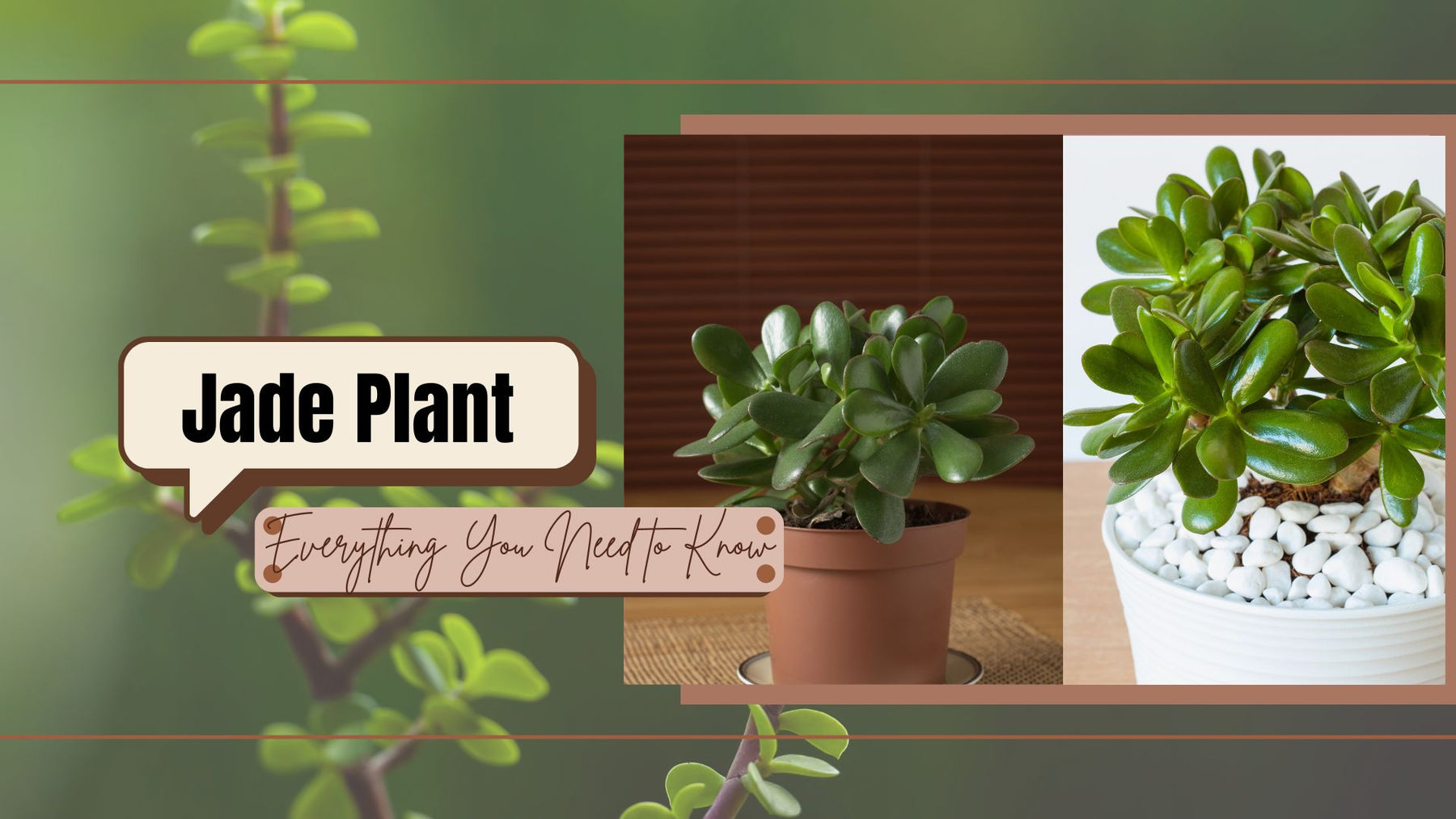
Jade Plant 101: Everything You Need to Know
The jade plant, or Crassula ovata as it is often known, is a succulent indigenous to South Africa. Jade plants have a tiny, tree-like appearance with their thick, woody stems and oval-shaped leaves, making them highly tempting to keep as an ornamental houseplant. When planted indoors, they can grow to three feet or more and survive a very long period. These succulent houseplants are simple to cultivate inside, and they may live a very long period.
Jade plants are low maintenance and an ideal addition to any indoor garden. They favour an area with lots of soil that drains well and indirect sunlight. During the growing season, they should get frequent, but not excessive, irrigation and fertilization.
Types
The genus of plants known as jade (Crassula) has several different species. There are various kinds with various colours and sizes. Pick one of the top Jade Plant Types to cultivate in your house or yard.
Its name refers to the leaves that stick out like fingers. The plant produces pink-white blossoms in the winter.
The flat, silvery blue leaves of the Crassula atropurpurea arborescens have a crimson border. It can reach a height of six feet and requires the same maintenance as a regular jade plant.
Similar to typical jade in growth, Crassula ovata 'Variegata' features creamy white variegated leaves.
The most prevalent and well-liked variation, Crassula ovata, has thick, oval-shaped leaves that are dark green and spread outward. In the winter, it also produces pink-white flowers.
-
Hobbit
The plant produces pink-white blooms in the early winter and has fleshy green leaves with crimson tips.
-
Ladyfingers Jade
Gollum, Hobbit, and Ladyfingers are three jade species that resemble one another considerably. Only the Ladyfingers' much narrower, finger-like leaves are different.
From the usual green-leafed jade to some variegated variants, there are many kinds of jade plants to choose from. Some intriguing jades to look out for include the following:
- The lovely golden and red-tipped foliage of "Hummel's Sunset" are stunning.
- Crasulla 'Tricolour' has leaves with white and cream variegation.
Benefits
-
Jade plants can encourage good feng shui.
In Asian nations, the jade plant is to beckon fortune and riches. Being an evergreen plant, it represents luck and stability in Feng Shui. It's the ideal plant for your home and workplace. A jade plant can also make a perfect wedding favour or housewarming present. You can use it in the following ways to improve the environment where you are:
- To encourage growth, put the plant right next to the entrance to your store or office.
- Another smart move is to keep it handy in the cash box or register.

-
Takes in Carbon Dioxide
Are you aware that the jade plant can absorb carbon dioxide at night? It not only improves the quality of the air within, but it also facilitates restful sleep. Keeping your jade plant in the bedroom is advantageous for this reason.
-
Jade Plants Have Appealing Qualities
Jade plants, while being succulents, can develop into lovely little trees. They are excellent window sill or sunny room ornamental plants. Jade plants offer deep green foliage that is noticeably oval-shaped.
Jade plants, especially those grown indoors, can grow to varying sizes. A Crassula ovata may grow up to six feet tall over the course of many years.
Care
Sunlight
Jade plants require a lot of light—at least six hours per day of bright sunlight. Give the jade plant enough indirect sunlight where it can grow. Since jade plants are indigenous to desert areas, they require lots of sunlight to flourish. They dislike direct sunshine, too, as it can burn their leaves.
Kitchens and offices with south-facing windows are frequently fantastic places with just the right amount of light, as are windows with a western orientation.
Low-light-maintained jade plants can become top-heavy and lanky, rendering them vulnerable to injury if they topple over to hold their branches!
Water
A jade plant requires different amounts of water throughout the year. It's crucial to water jade plants properly! Inadequate watering is the biggest issue that most people encounter with their jade plants. Succulents usually die more quickly from too much water than from too little. The first indication of an overwatered jade plant is changes to the leaves. The leaves may fade, droop, and eventually turn brown and fall off.
Jade plants should be watered deeply (so that the soil is adequately saturated throughout, not just at the surface), and then you should wait until the soil is mostly dry. It implies that depending on how rapidly the soil dries out in the location where you keep your plant, you can wind up watering it once a week or once a month.
The plant may go dormant in the autumn and winter, which will cause it to halt or stop growing altogether.
Keep a jade plant root-bound in a tiny pot and withhold water to induce flowering. Cooler wintertime temperatures also encourage blossoming.
Some people consider jade plants to be a symbol of luck and fortune;
Jade plants make excellent gifts that can last a lifetime and be passed down from generation to generation due to their long lifespans and resilience.
Temperature
The ideal temperature for jade plants to grow is between 65° and 75°F (18° and 24°C), while they prefer somewhat colder conditions at night and during the winter (down to 55°F/13°C).
Jade plants prefer inside temperatures of 65 to 75 degrees Fahrenheit on average. The plant may experience additional stress if you put it in an area with often varying temperatures.
They should be kept out of draughty locations and away from cold windows throughout the winter. Jade plants may lose their leaves if exposed to freezing temperatures.
Fertilizer
During the growing season, many individuals underfeed their succulent plants. Feed your jade plant monthly with a weak liquid solution or at the start of the season with a controlled-release fertilizer for the best results.
Propagation of Jade Plants
Take 3-inch cuttings from the tips of your jade plant, preferably with a few pairs of leaves on each, if you want to grow jade plants to give to your friends. Instead of immediately potting up those pieces, leave them out in the open for about five days to allow the cuts on them to heal.
The pieces should then be potted, standing erect in slightly damp soil, and set in a location with direct, bright light. Stop watering the seedlings until they begin to root, which should take at least a few weeks.
Repotting
If necessary, repot the jade plant. Jade plants don't require frequent repotting because they grow slowly. It's vital to repot the plant, though, if it becomes pot-bound or the pot gets too tiny for it. Utilise a container that is a little bit bigger than the one you used before and potting soil that drains effectively.

Pruning
Trim the jade plant as needed to maintain its shape and size. Jade plants have the potential to grow big over time, so routine pruning will help keep them in check. Use clean, sharp pruning shears to trim any branches or stems that are becoming excessively long or lanky. To promote new growth, keep in mind to make precise cuts directly above a leaf node.
Typical Issues with Jade Plants
While jade plants are generally low maintenance and not too temperamental, you might run into a few problems that make you wonder why your plant isn't prospering.
Jade plant with limp, withered leaves
Wrinkly or shrivelled leaves are a good sign that your plant isn't getting enough water because jade plants store water in their leaves. Water the plant thoroughly until water runs freely from the drainage holes to correct the condition.
Jade plants may also exhibit shrivelled leaves or drooping stems in response to significant temperature changes. You might need to relocate the plant to an area in your house with more normal temperatures if the plant faces wide temperature swings throughout the day.
Loss of Leaves
If your jade plant is losing leaves quickly, it may not be getting enough light. If the problem continues, relocate the plant for at least six hours to an area with bright, indirect light. Your plant may be too warm, so move it to a location where the temperature is a little bit lower (but not freezing).
Complete Yellowing
Nothing catastrophic will happen if one or two of your jade plant's leaves turn yellow. However, if you see that your plant is turning yellow throughout, there may be a more serious problem. Reduce the frequency of times you water and look for additional warning signals, such as rotting roots.
Black ring condition
This results in the virus-caused black rings on the undersides of the leaves. Black ring disease does not destroy infected plants. Removing the infected leaves is the only method to stop them from spreading.
Conclusion
The Jade plant is a tiny, ornamental plant that looks lovely on bookshelves, dresser tops, or windowsills. The Jade plant is an excellent alternative to freshen any environment, including a kitchen, bedroom, or office. As far as you give them the appropriate water and sunlight, they are low maintenance and replicate the miniature tree appearance.
Don't just group jade plants in with succulents and let them grow on their own—despite having leaves that look close to succulents, they require far more water than succulents need.
The sun is great for this plant! If you give your jade plant a few hours of sun each day, it should develop healthily. Your plant may be seeking sunlight if you observe your plant growing lanky and stunted.
FAQ's
Are jade plants simple to maintain?
In general, taking care of jade plants is simple and easy. But initially, some plant owners have trouble figuring out the best watering schedule.
What other plants resemble jade plants?
If a jade plant appeals to you, you might also want to try cultivating other succulent species, such as a string of buttons and hen and chick succulents.
Do jade plants tolerate low light conditions?
Jade plants won't like staying in low-light conditions. These succulents require a lot of direct, intense sunlight. Low-light environments will result in growth that is stunted or distorted.
Can jade plants become dormant?
Even though jade plants don't wholly hibernate in the winter, they undergo a state of dormancy. They won't grow as quickly at this time, and they won't need as much water.
What are some frequent jade plant issues?
Your plant needs additional water if its leaves are curled. It most likely needs more light if it is shedding leaves. It is probably overwatered if it has numerous yellow leaves rather than a few.
How can I tell if my jade plant is in trouble?
Watch for clues that your jade plant requires assistance. Falling or shrunken leaves may indicate that your jade plant needs more water. However, limp leaves are a sign of overwatering your plants. A particular fungus illness can be determined by white patches on the leaves.



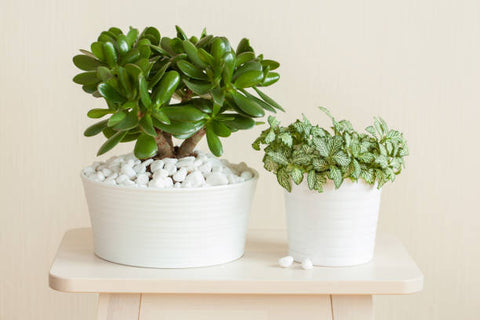
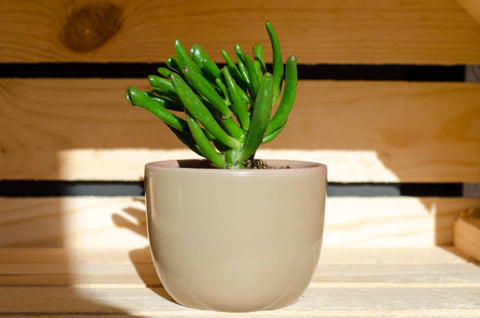
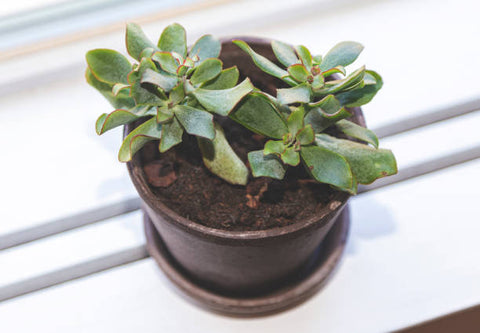


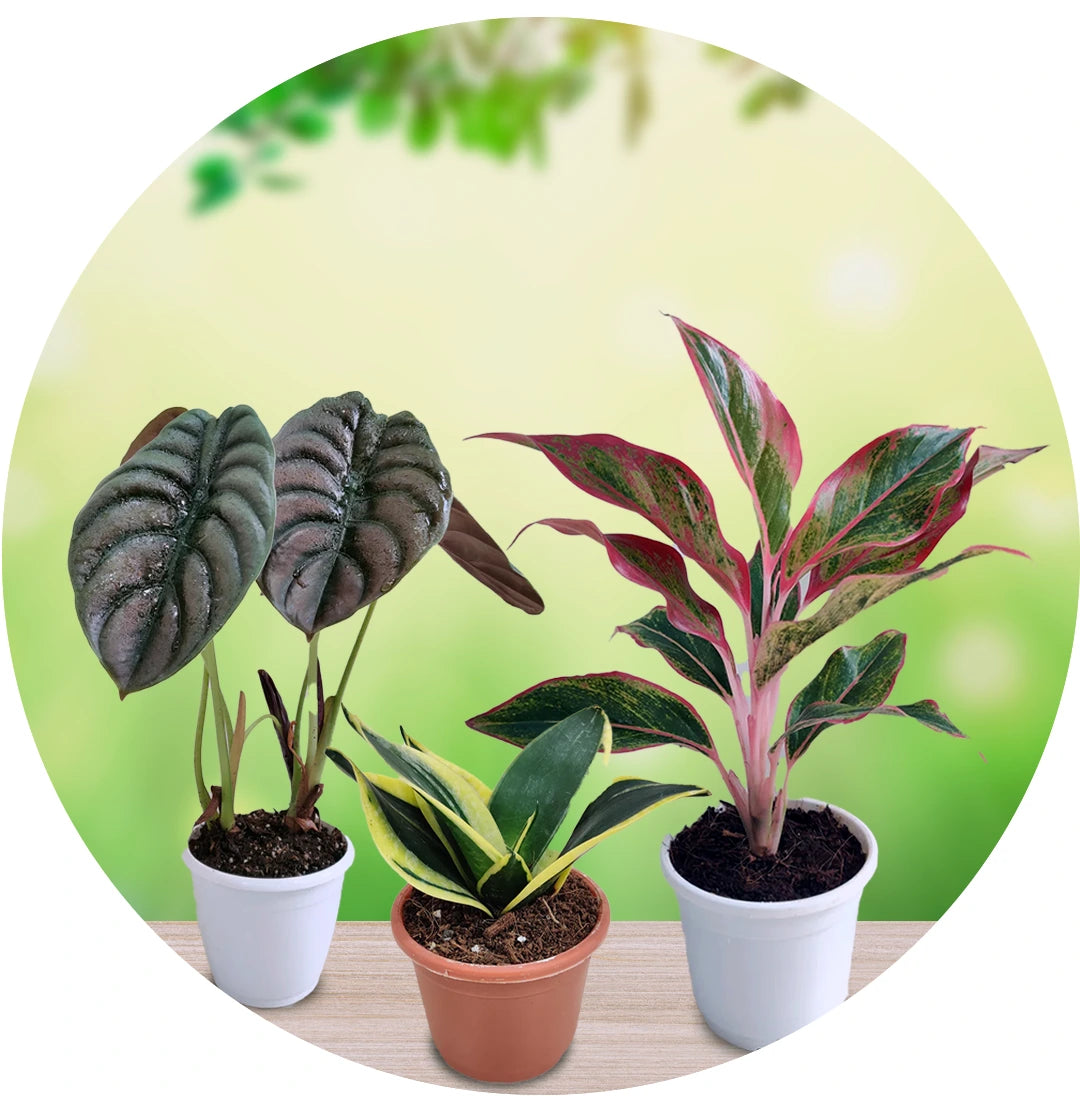
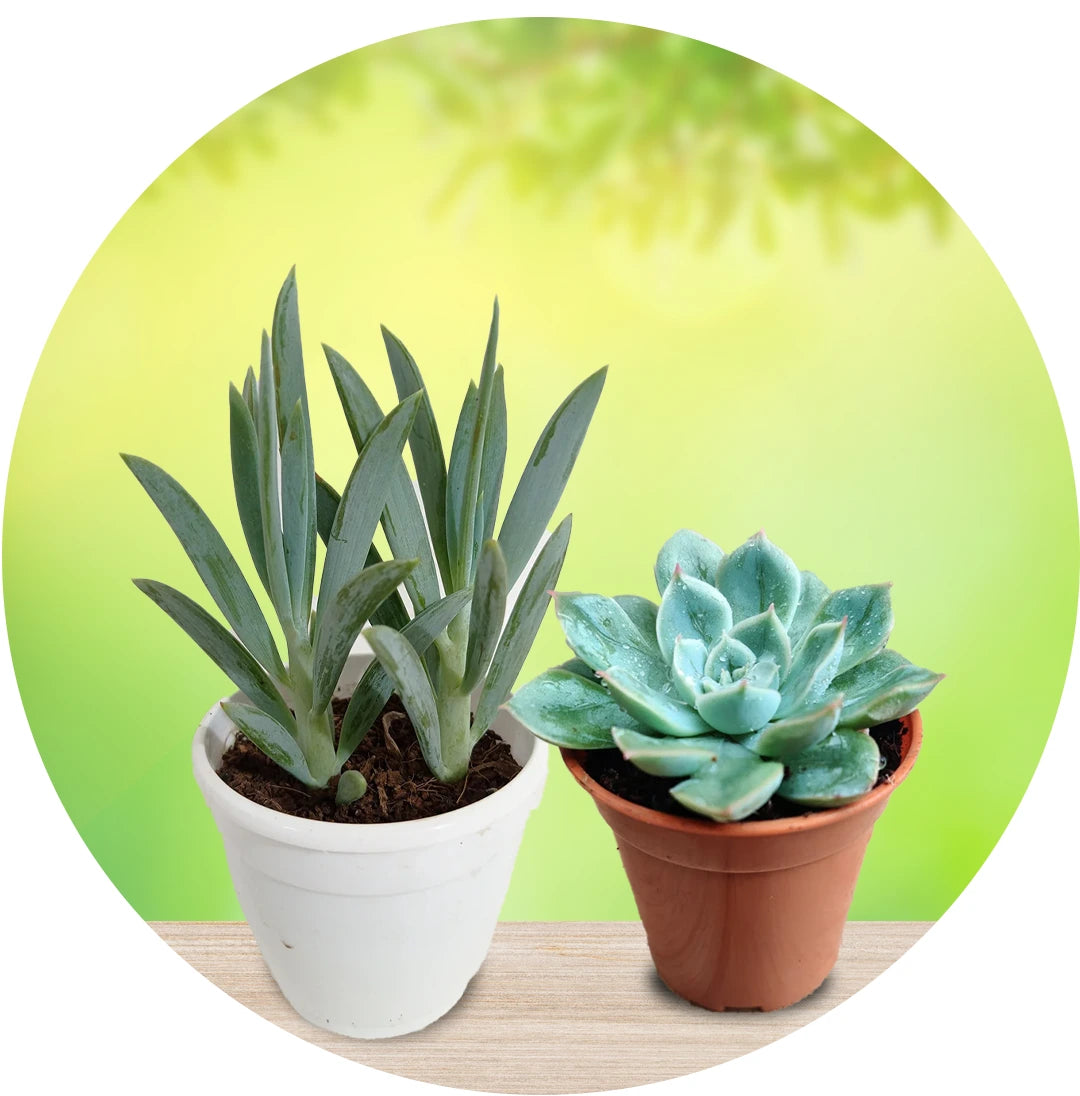
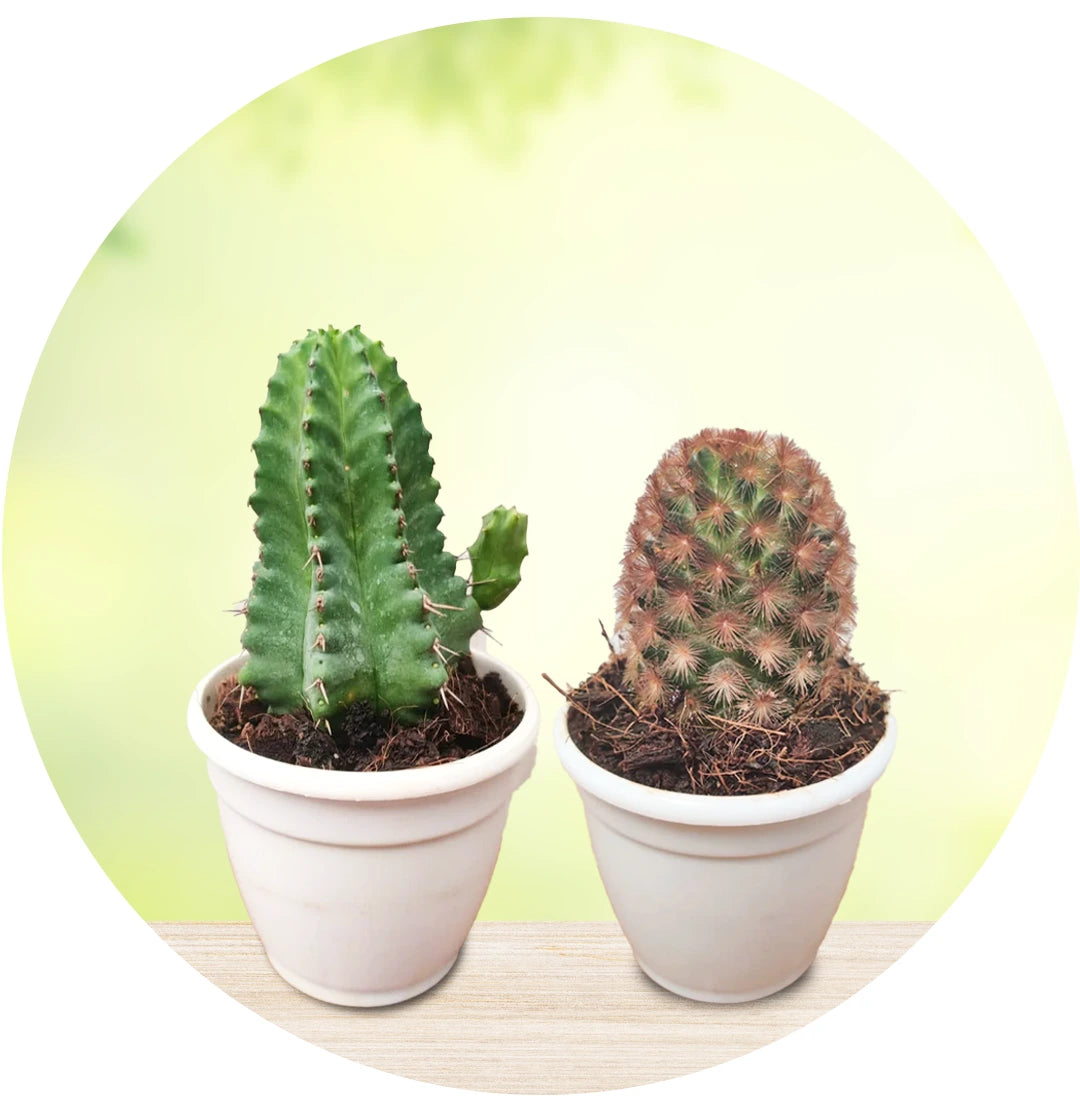
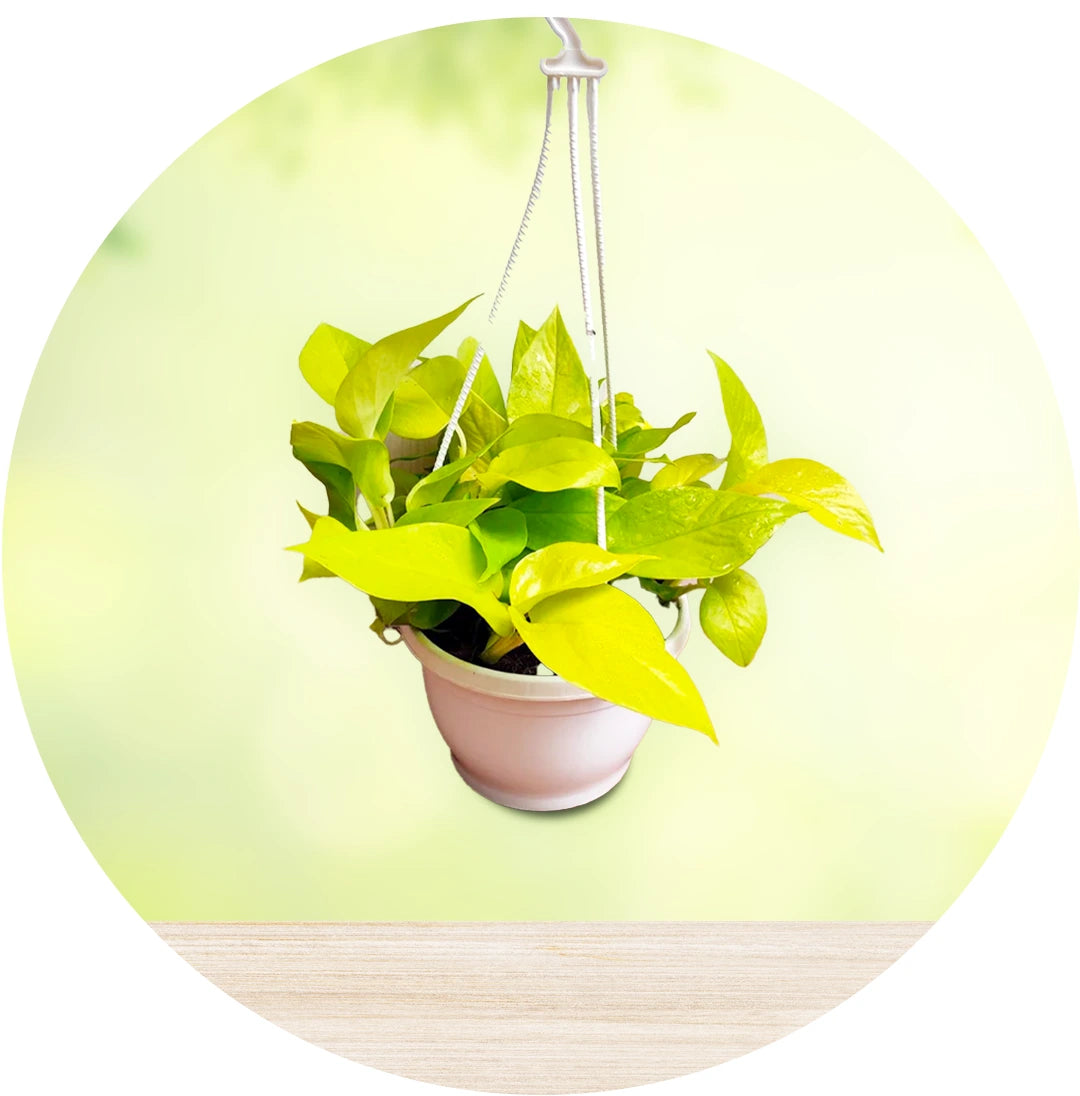
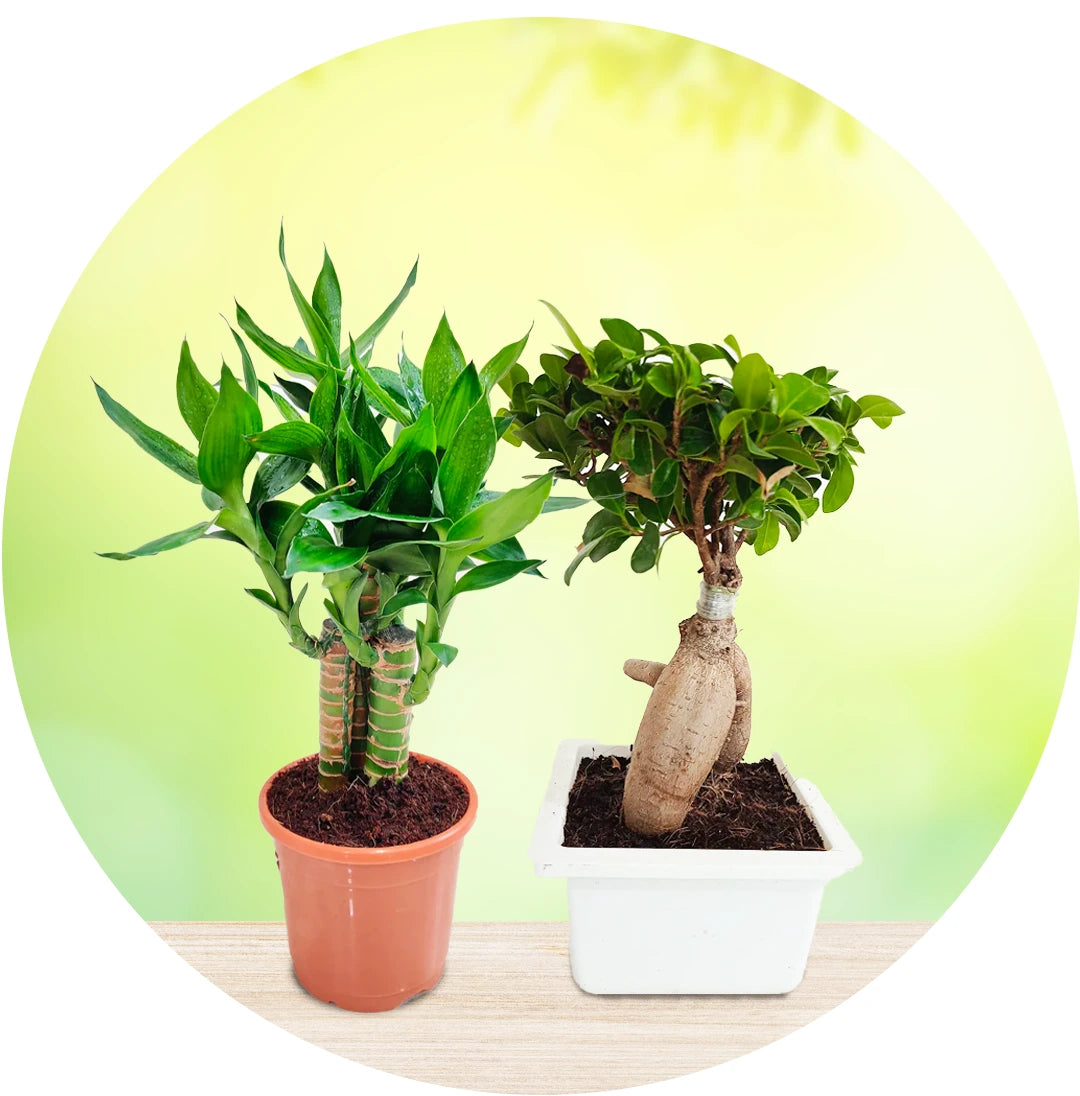
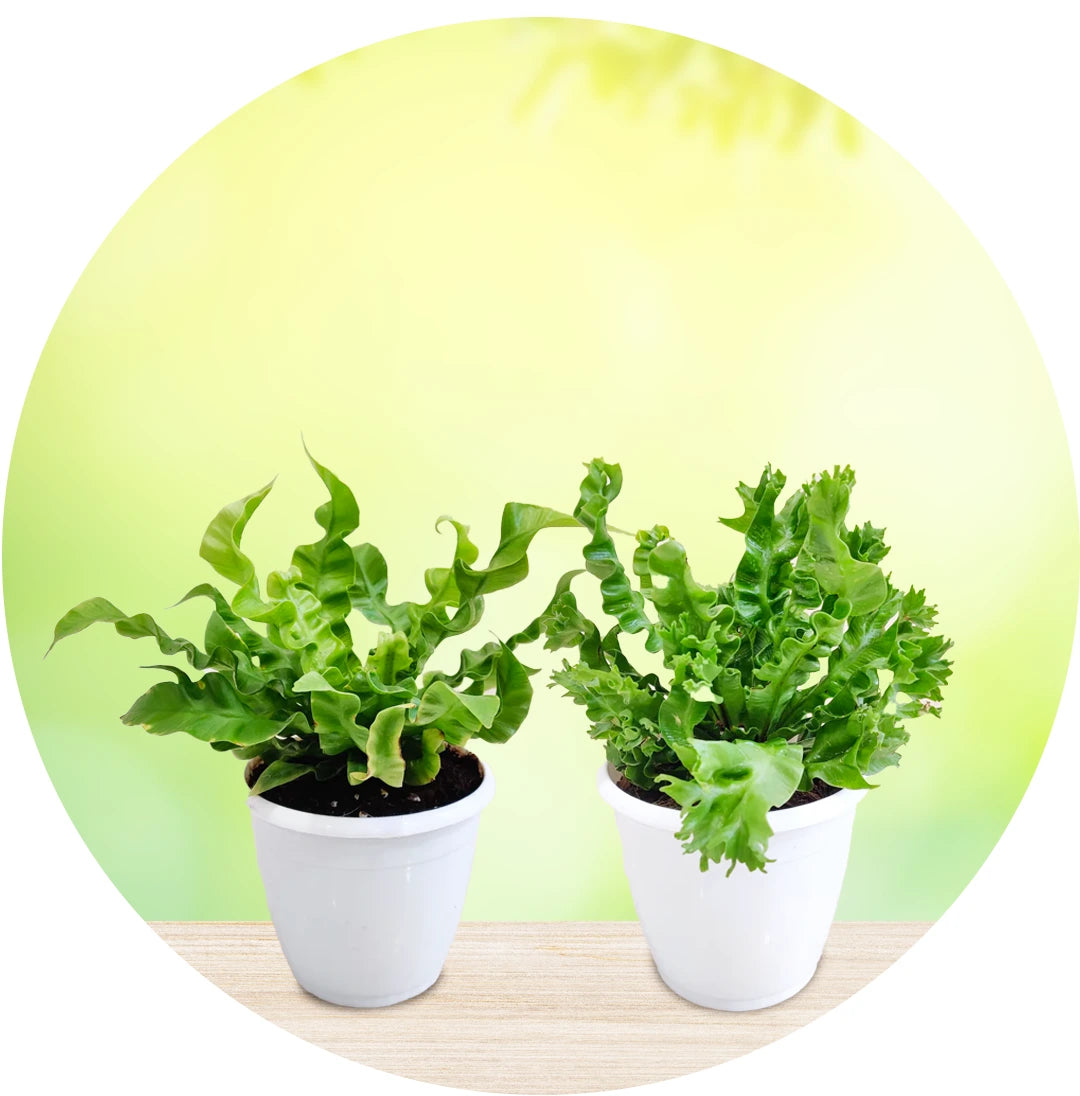
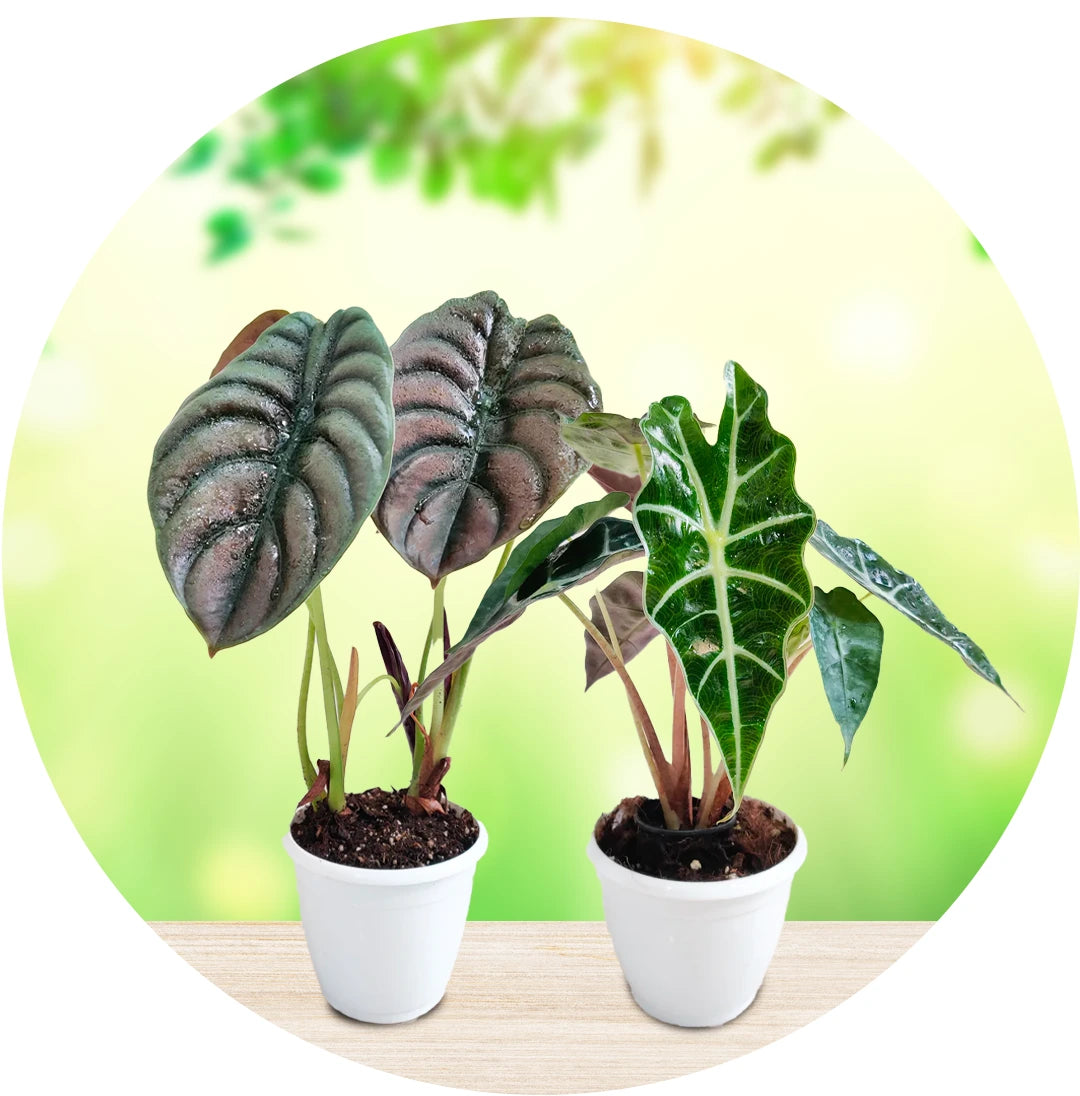
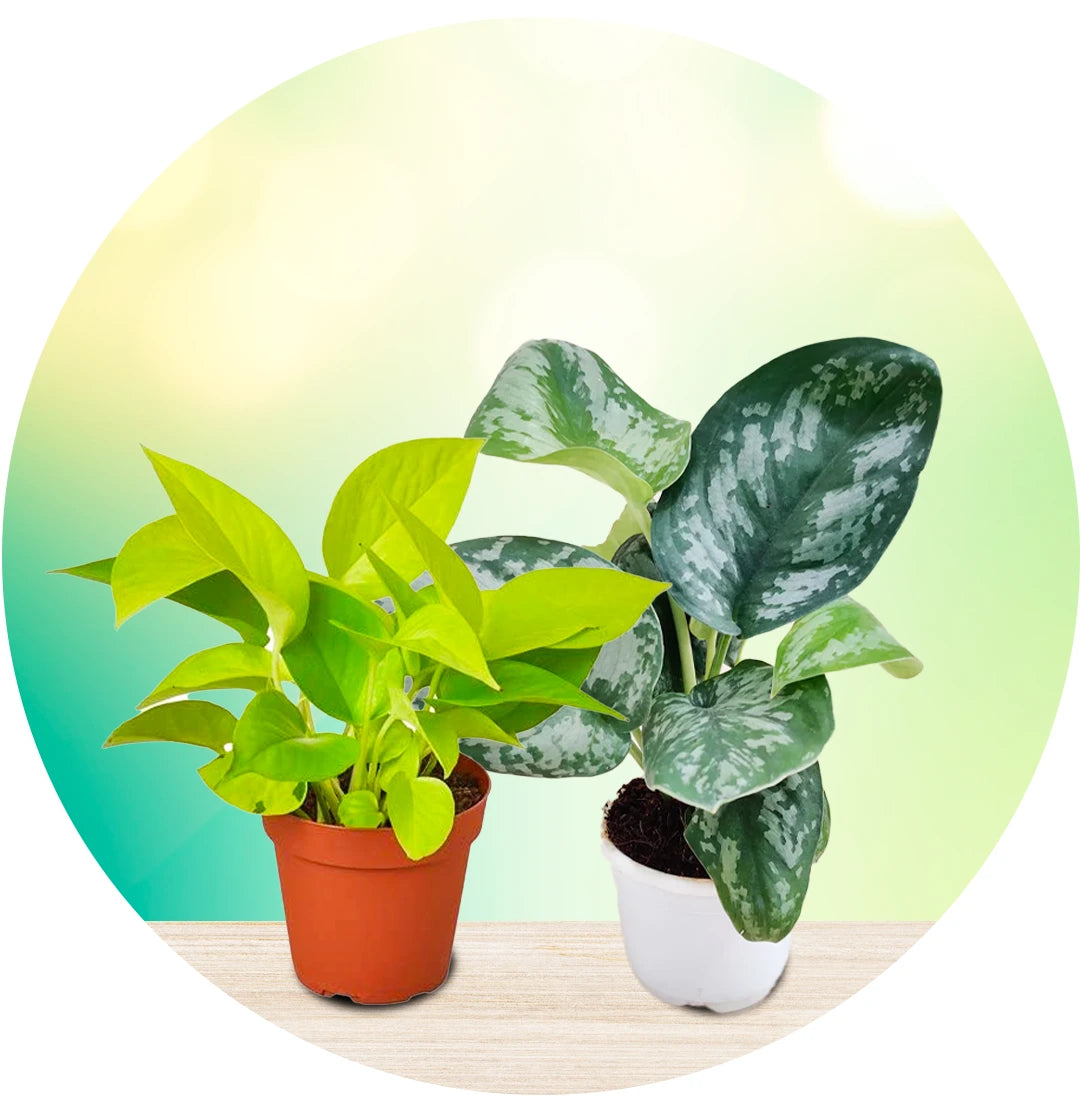
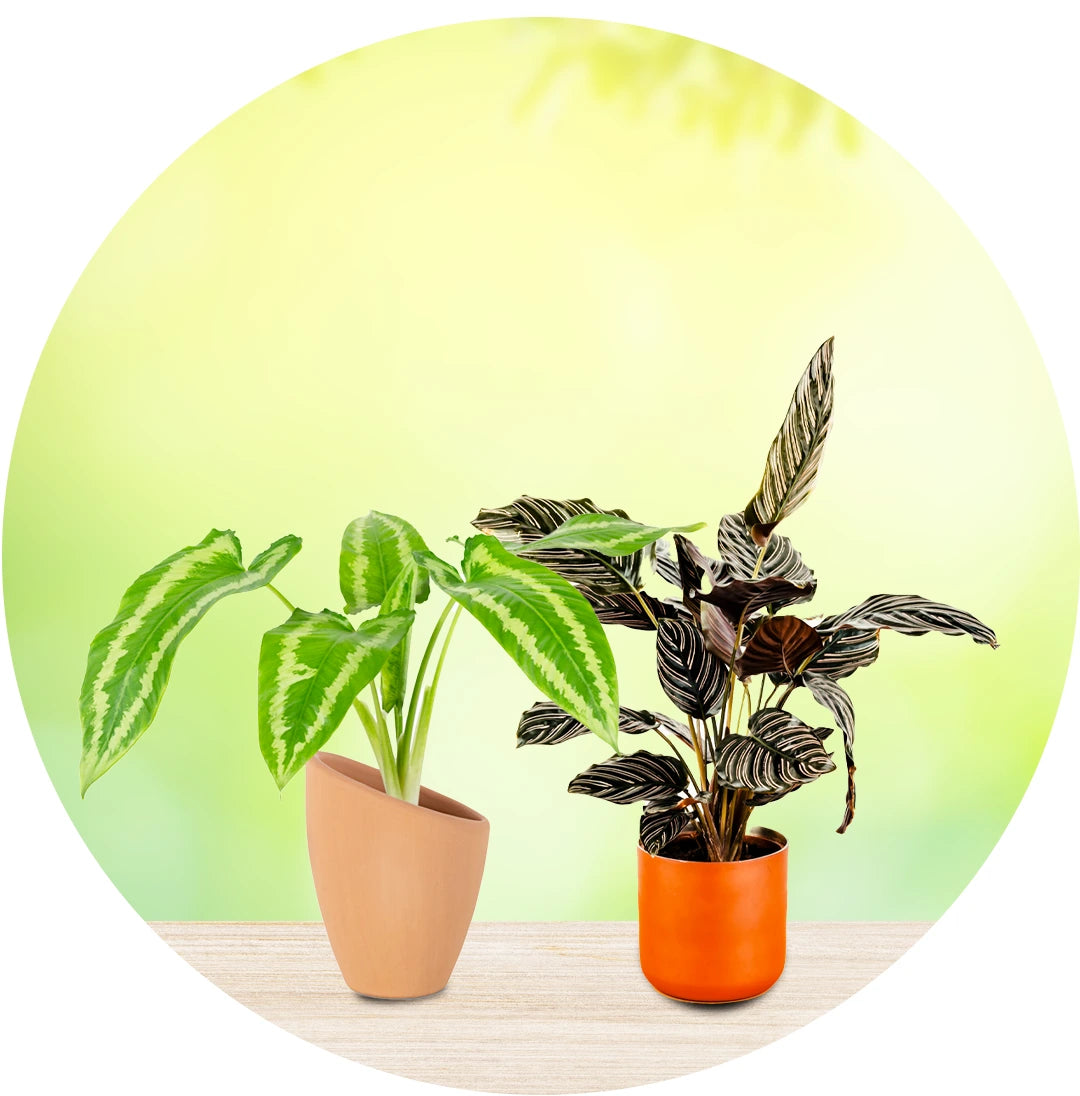
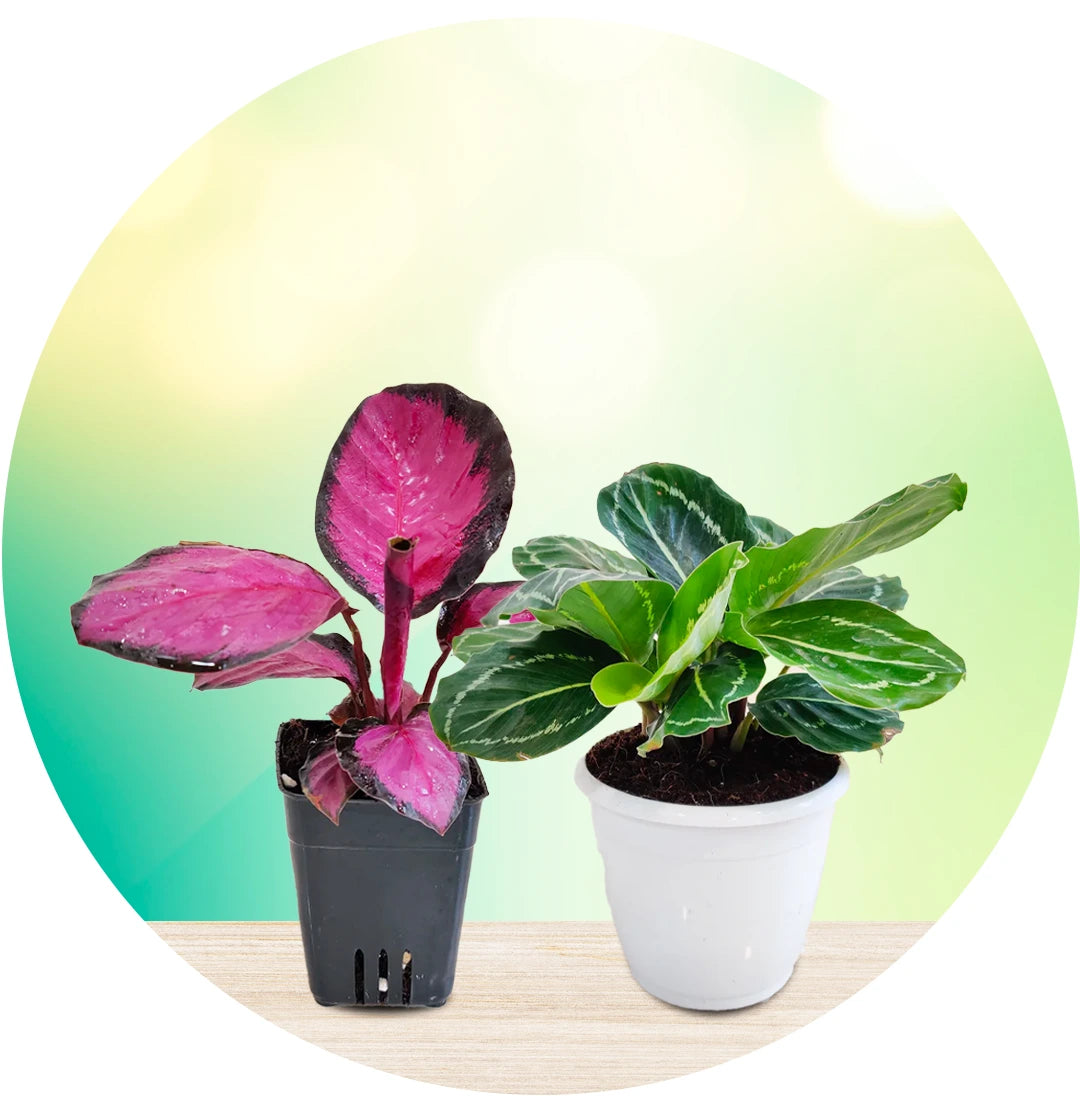
Leave a comment